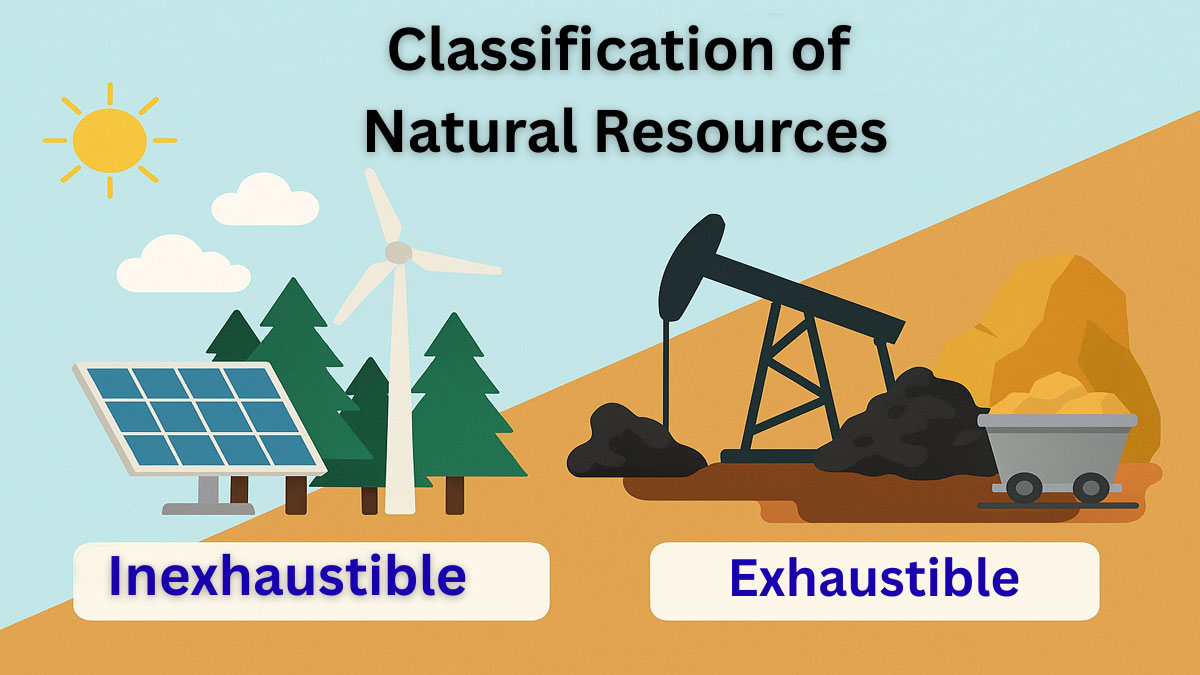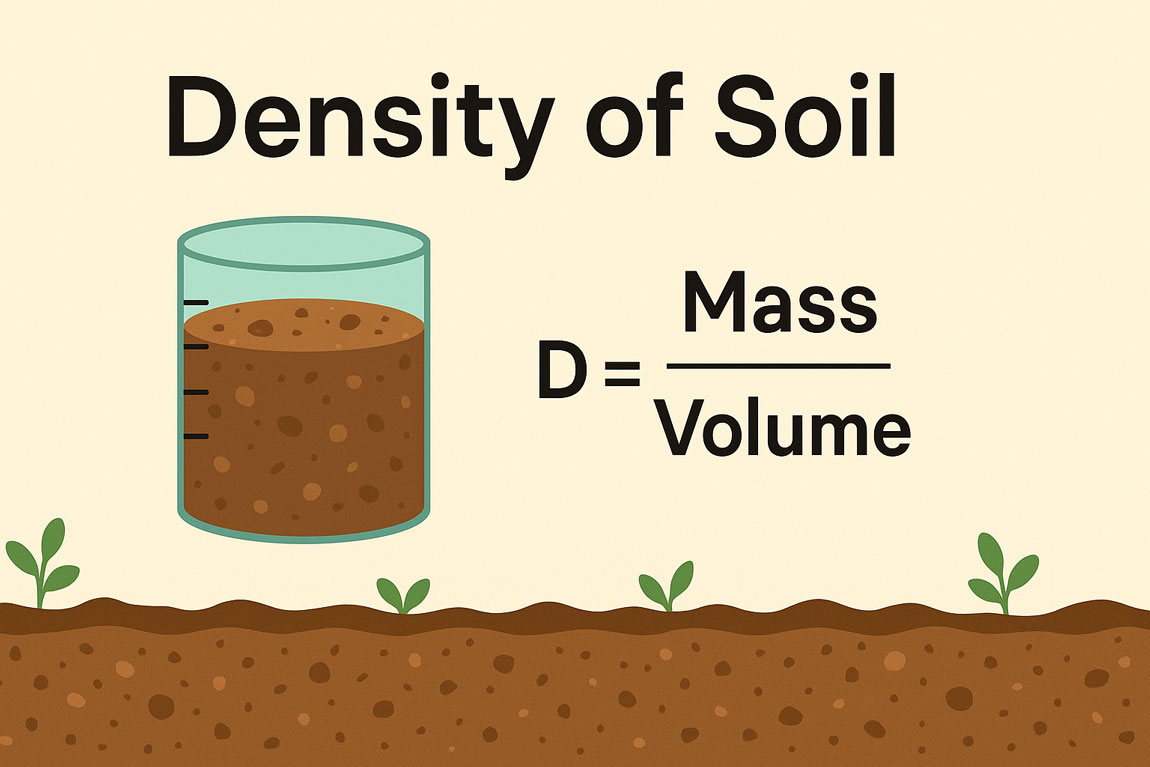Mechanical principles describe the rock’s physical properties and deformation causes. In structural geology, the deformation causes of rocks and their properties are significant.
Some mandatory types of mechanical principle as follows:
- Force
- Pressure
- Stress
- Strain
Force: Force intenseness is an impact that can change the motion of a body. The force has both magnitude and direction, representing it as a vector amount.

From Newtons 2nd law,
F = ma
Where F=force, M=mass, and a=acceleration.
Force illustrated as an arrow sign. Different forces have different directions and values. The arrow length defines the force magnitude, and direction defines the direction of forces.
There are two types of forces as follows:
- Balanced force
- Unbalanced force
Balanced force: if two or more forces work on the same point and cannot change the motion of an object is called balanced force. A book on the table still in position is an example of balanced force. Because books Gravitational force and table upward force work toward each other and values are the same defined as balanced forces and no changes in motion.
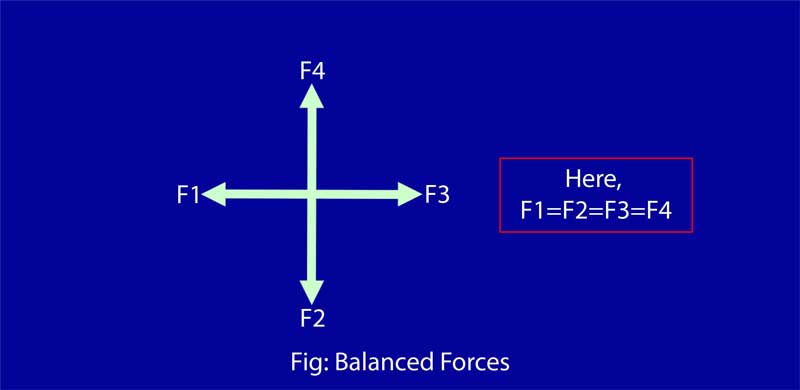
Unbalanced force: for changing the motion of any object which forces are responsible is called unbalanced force. For example, changing motion of a falling object is an unbalanced force.
Composition of forces: When two or more forces act on the same point and different directions and make a third force is called the composition of forces. It means the process of finding the resultant of two or more forces.

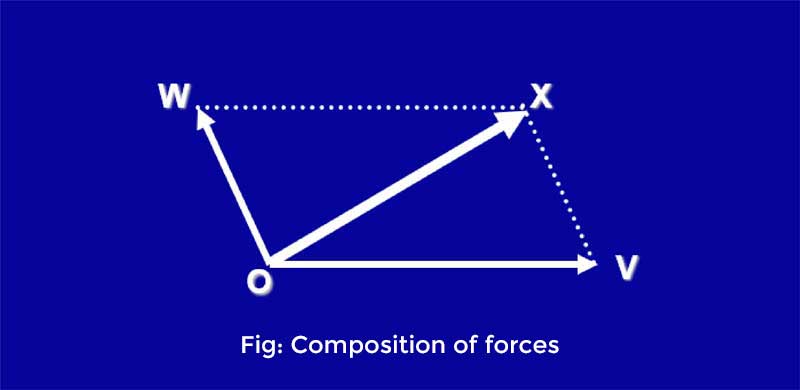
Here, the black-colored force is the result of red and blue-colored forces.
Resolution of forces: a process of finding component values of a single force is called the resolution of forces.
Some different forces:
Tensional force: when two forces work on the same line, in the opposite direction, and apart from each other, it is called tensional force.
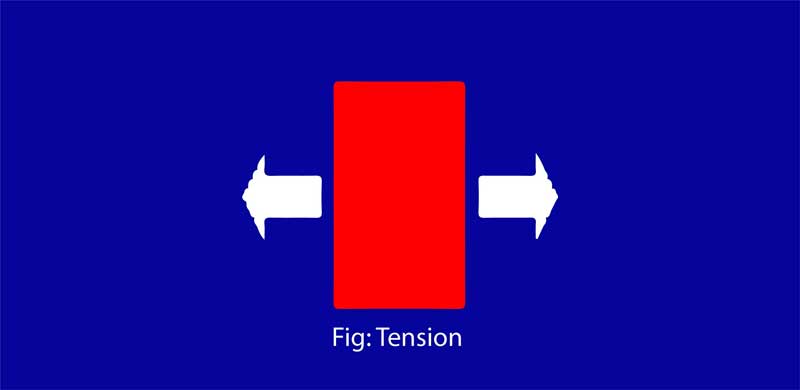
Compressional force: When two forces work on the same line in opposite directions and are directed toward each other is called compressional force.
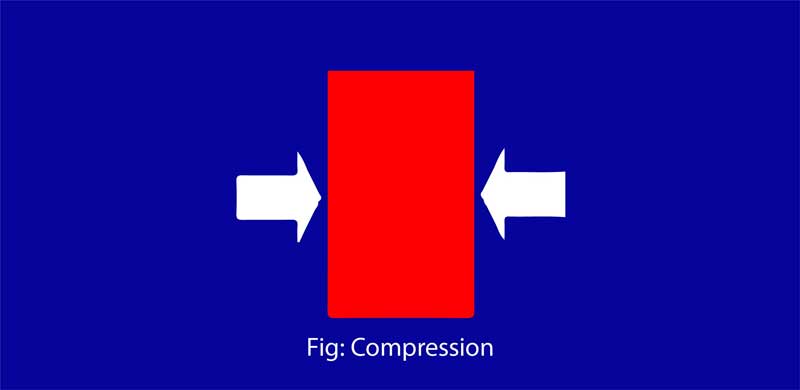
Couple forces: If two equal forces act in the opposite direction but not in the same line is called couple forces.
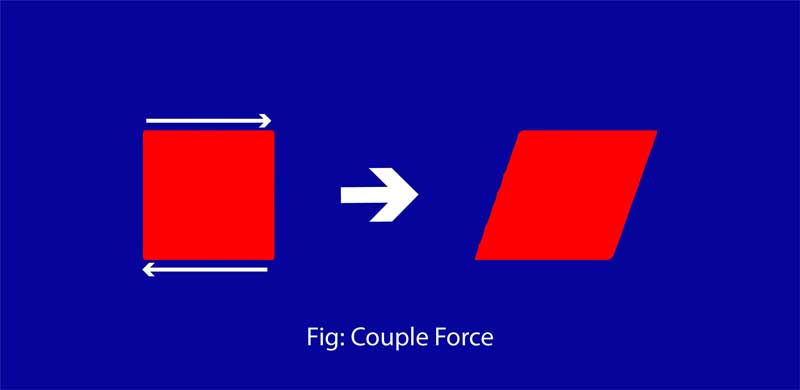
Torsion: Torsion is a force responsible for twisting an object and working as two opposing couples in parallel planes.
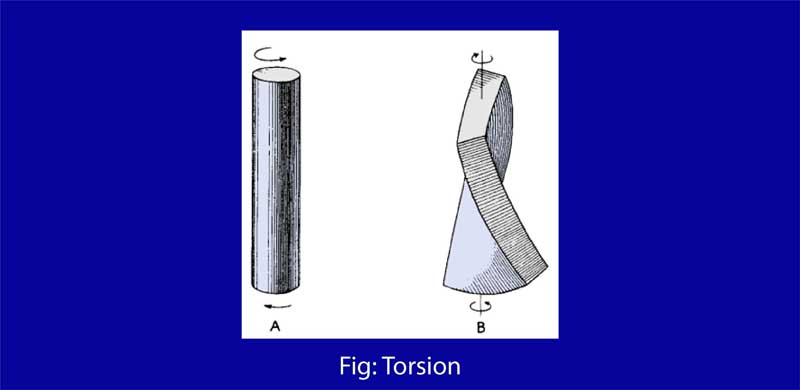
Pressure: A force per unit area is applied perpendicularly on an object’s surface is pressure.
P=F/A
Some types of pressure have to know in structural geology as follows:
- Hydrostatic pressure
- Lithostatic pressure
- Confining pressure
Hydrostatic pressure: Object in liquid feels which pressure is called hydrostatic pressure.
Lithostatic pressure: Object in lithosphere feels which type of pressure is called lithostatic pressure.
The lithostatic pressure increase by depth in the earth and reaches a maximum value in the earth’s interior.
Confining pressure: If pressure creates by the heaviness of the overlying substances on a layer of soil or rock is confining pressure. Confining pressure is one kind of lithostatic pressure.
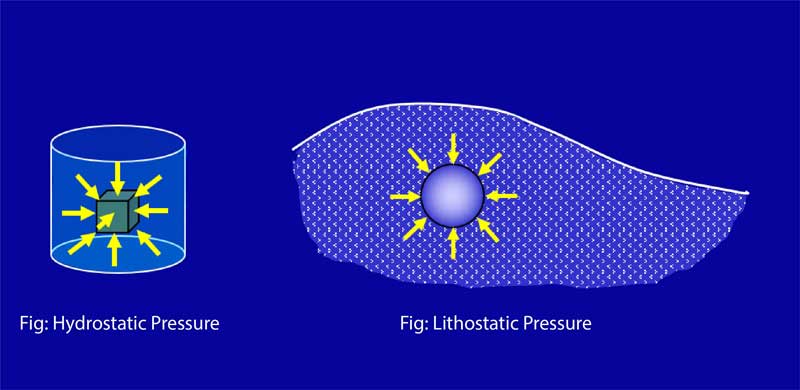
Stress: Force responsible for changing the shape of an object is called stress.
There are two types of stress as follows:
- Normal stress
- Compressive stress
- Tensile stress
- Shearing stress/ Tangential stress
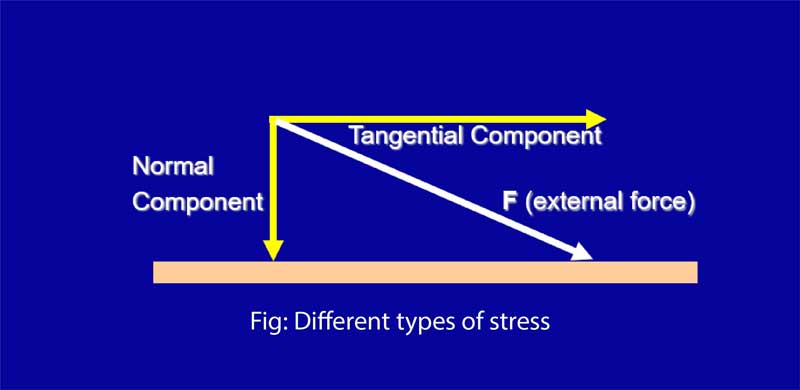
Normal stress: When an axial force creates stress is called normal stress.
Compressive stress: Stress created by compression in a volume is called compressive stress.
Tensile stress: Tensile stress is the elongation of the material.
Starin: Change of shape by stress is called strain.
There are two types of strain as follows:
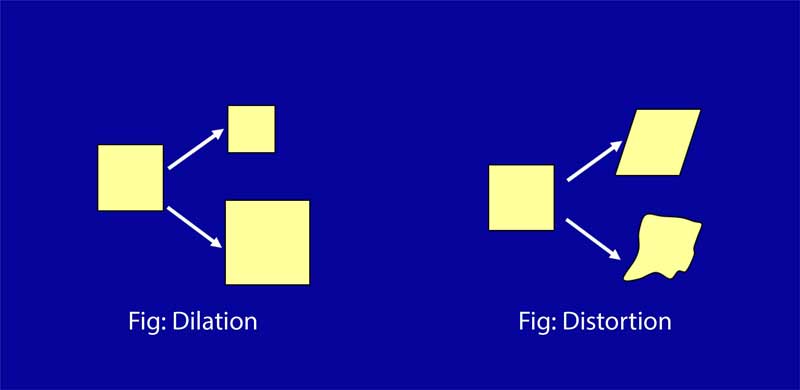
- Dilation: Change of shape in volume is called Dilation.
- Distortion: Change of shape in angle or length is called Distortion.




